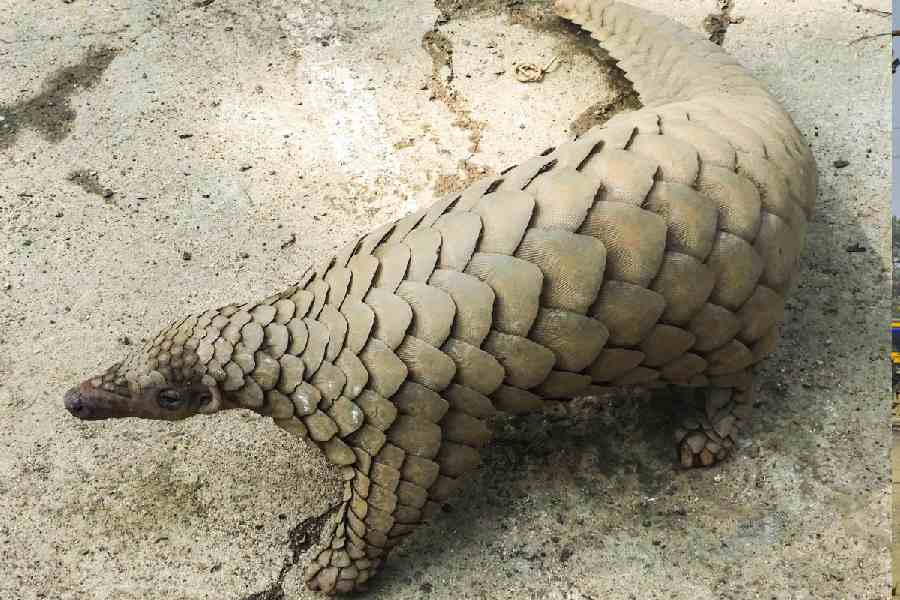
Around 15 per cent of women all over the world develop ovarian cysts. These may be a "one off" occurrence, recurrent benign follicular cysts that occur with menstruation, part of the polycystic ovarian syndrome (PCOS) or ovarian cancer. About three per cent of cancers in women arise from the ovary.
The ovaries are paired organs situated on either side of the uterus. They are present from birth. They have tiny black speckles, which are the millions of immature eggs. They remain dormant and start to function only at puberty, under the influence of hormones released by the pituitary gland in the brain. One mature egg is released every month from one ovary. The area from which the egg is released usually collapses and seals itself off.
Sometimes, the follicle doesn't rupture properly or seal itself off. The ruptured follicle releases hormones for conception. These accumulate, the follicle keeps growing and forms a corpus luteum cyst. Sometimes it just grows and turns into a follicular cyst. These two types of cysts are harmless and asymptomatic. They are usually discovered incidentally during an ultrasound examination. They disappear by themselves after two or three menstrual cycles.
About 15 per cent of women of child-bearing age have PCOS. They suffer from hormonal imbalances as a result of which multiple immature follicles or cysts form in the ovaries. Menstruation becomes irregular with periods that won't start or won't stop. They also fail to conceive. The diagnosis is confirmed with an ultrasound of the pelvis, which show 12 or more cysts in each ovary.
Such cysts can be treated for 3-6 cycles with oral contraceptive pills. In PCOS they regularise the cycle. Loss of as little as 10 per cent of body weight can result in spontaneous remission of menstrual symptoms. The anti diabetic medication metformin also helps.
Some cysts have no correlation with the menstrual cycle. Of these, dermoid cysts can grow to a large size and contain hair and teeth. Cystadenomas are filled with watery or mucous like material. They can also painlessly grow to a large size before they are noticed. These can become cancerous. The endometrium (lining of the uterus) can grow outside the uterus and attach itself to the ovary, forming a tumour- like mass. This can increase in size with each menstrual cycle.
An ovarian cyst causes symptoms if it is large, visibly distends the abdomen and presses on other organs. It can cause dull lower abdominal pain, dyspareunia (painful intercourse), a desire to urinate frequently or pain during bowel movements.
Once an ovarian cyst is discovered, a pregnancy test needs to be done to see if it is a complication of pregnancy. An ultrasound will help to distinguish between a functional cyst and other types. An ultrasound, CT or MRI scan may be followed by laparoscopic visualisation of the cyst. A blood test called the CA125 is done. Normal values are less than 35 U/mL. Elevated values means that the ovarian cyst has to be further evaluated as it may be malignant.
Once an ovarian cyst is discovered, if there is sudden severe abdominal pain, fever, vomiting, cold clammy skin and sweating, you need to go to a hospital at once.
Ovarian cysts can vary in size from 1cm to 10cm or more. Cysts need to be operated if they are of mixed consistency, larger than 5cm, the CA 125 is elevated or there is a family history of breast or ovarian cancer. Laparoscopic surgery can be done for simple cysts. If there is a suspicion of malignancy, open surgery is preferred.
Pregnancy and breast feeding lessen the chance of ovarian cysts and cancer. Both tubectomy and OCP use for family planning also reduce the risk of ovarian cancer.
Dr Gita Mathai is a paediatrician with a family practice at Vellore. Questions on health issues may be emailed to her at yourhealthgm@yahoo.co.in











